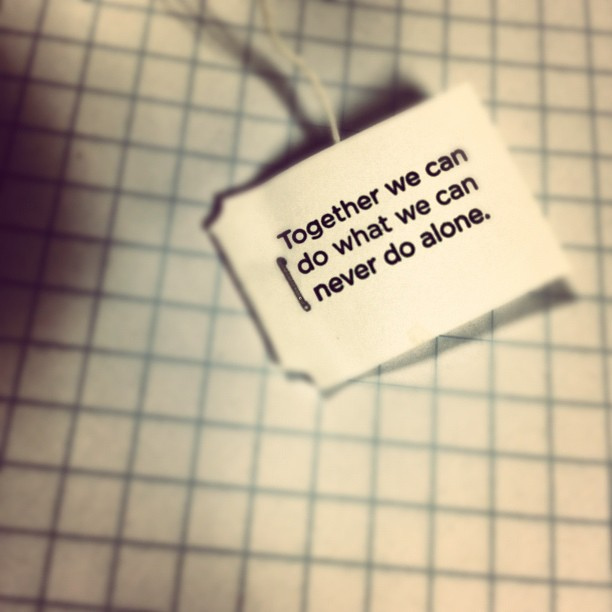Whenever I share my story as a recovering anorexic – whether it’s in front of a high school class, through my writing, or one-on-one, the question that everyone asks is, “How did you recover?” And that really is THE question, isn’t it?
Anorexia is, at best, ambiguous in nature. Without any definite cause or simple diagnosis, anorexia and other eating disorders have baffled medical practitioners, psychologists, parents, and even victims [patients] themselves as they search for answers and keys to recovery. Just when the miracle formula appears, a new, even more insidious pathology emerges, like an interminably elusive virus. I don’t mean to imply that the treatments available are futile; on the contrary, they have provided invaluable insight and support in my years of recovery. For that, I am profoundly grateful.
However, it wasn’t in the ward of a hospital, on the couch of a therapist, at the bottom of prescription medication, or even in ongoing outpatient treatment that I found my panacea at last.
It wasn’t until I had been hospitalized five times, seen countless counsellors and psychologists, switched between medication and alternative healing methods, and fell short time and time again that I really began to lose hope and search elsewhere. It was in that state of near helplessness that I found the number one thing that helped me recover – and continues to move me forward to this day.
That “miracle cure” turned out to be nothing more than the support and connection with others who had been just as baffled by their eating disorders as I, had yet found freedom from their disease, and were willing to share their story with me. Once united with those who truly knew my insanity and the sickness that ruled my life because they too had suffered its wrath, I realized I was not alone or unlovable. The women who so warmly welcomed me into their fold without any trace of judgment had clearly experienced the darkest side of my disease, and yet they were now healthy and happy, with lives full of friends, family, careers, and aspirations. They had what I wanted. They told me that I could have it too, if I did as they had done.
That was the day I first walked into the rooms of Anorexics and Bulimics Anonymous (ABA), a twelve-step fellowship modeled after Alcoholics Anonymous whose only requirement for membership is a desire to stop unhealthy eating practices. As a chronic anorexic of the hopeless variety, I fit right in. As I attended meetings, I came to realize that over my years of treatment, I had been struggling to “fix” my disease by emulating those who had never shared my experience, when what I really needed was a mentor who had found recovery and was willing to show me how. And that’s exactly what ABA has given me – an entire fellowship of people who share in a solution that works.
It’s true that not everyone relates to the twelve-step approach, and I’ve seen many people recover through other means. But one thing rings true to recovery across the board: no one can do it alone. Eating disorders are diseases of isolation, so it stands to reason that their cure be rooted in companionship and support. By connecting with like-minded individuals through mutual desire for recovery – whether it be in the rooms of ABA or in other healing circles, by volunteering at the Looking Glass Foundation’s Summer Camps or staying in touch with friends after treatment – I believe a person truly can recover from an eating disorder. The key lies in relating to one another and a willingness to get well. To this day, it’s the number one thing that keeps me in recovery.
[dt_divider style=”narrow”/]
Alison is a regular contributor to The Looking Glass’ blog, is an eating disorders survivor and is an inspiration to those around her.